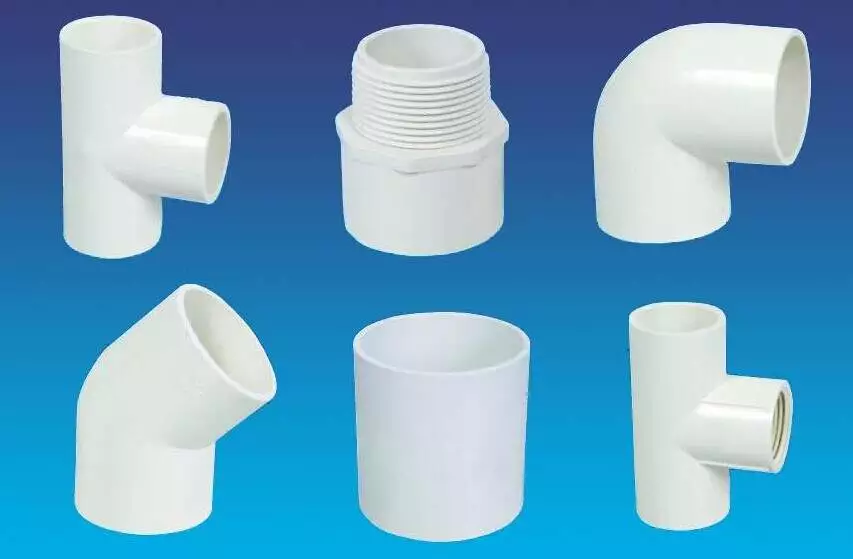Adhesion Processes of Plastic Pipe Fittings
Posted: 04/02/2015 04:43:31 Hits: 1273
1. Before carrying out adhesion treatment of tube and pipe fittings, the inner surface of bell ends and the outer surface of sockets should be wiped clean by dry cloth. But these surfaces should be wiped clean by acetone, if covered with oil stain.
2. Cross sections of pipe fittings should be flat and smooth, and perpendicular to pipe axis. Moreover, cross sections should form chamfer angle. A marking line for pipe insertion should be drawn before adhesion to test if the inserted pipe can only reach one third to one half of the originally planned depth. But after test, the clearance is found too large and adhesion treatment must not be carried out.
3. Adhesives should be applied earlier on inner surface of bell ends than on the outer surface of sockets. Adhesives should be evenly applied along the surface in an inside-out direction, and the amount of adhesives should be appropriate, and should not be too little or excessive.
4. After applying adhesives, the externally applied force should keep unchanged within one minute, and keep the straightness and correct positioning of pipe joint.
5. After applying adhesives, the remaining adhesives that are squeezed out should be timely wiped clean. During the solidification process, any force cannot be imposed.
6. Adhesion treatment must not be carried out in rainy days or under water, or below 5 °C.
All in all, adhesion processes of plastic pipe fittings can be summarized into several steps: preparation → cleaning up the contact surfaces → testing depth before pipe insertion → applying adhesives → adhesion completed → maintenance.

Post URL: https://www.landeepipefitting.com/adhesion-processes-of-plastic-pipe-fittings.html
Landee is a professional industrial pipe fitting manufacturer and be well accepted by customers all over the world, we has been producing Pipe Fitting for a variety of applications since 1985. welcome to access our website: https://www.landeepipefitting.com.
Previous: Manufacturing Techniques of Seamless Reducing Pipes
Next: Main Advantages of PE-RT Plastic Pipes
Next: Main Advantages of PE-RT Plastic Pipes

